Amazing Space Photos: Royal Observatory's Astronomy Photographer of the Year 2013
Earth And Space: Guiding Light to the Star

The skies of the Southern Hemisphere offer a rich variety of astronomical highlights. The central regions of the Milky Way Galaxy, 26,000 light years away, appear as a tangle of dust and stars in the central part of this image by Mark Gee, who won the 2013 Astronomy Photographer of the Year contest by the Royal Observatory Greenwich. [Read the Full Story Here]
Earth And Space: Green Energy

The shifting lights of the Aurora Borealis can take on many shapes and forms as they are moulded by the Earth’s complex magnetic field. Sheets and planes of glowing gas appear to be twisted into a giant vortex above Grøtfjord in Norway. [Read the Full Story Here]
Earth and Space: A Quadruple Lunar Halo
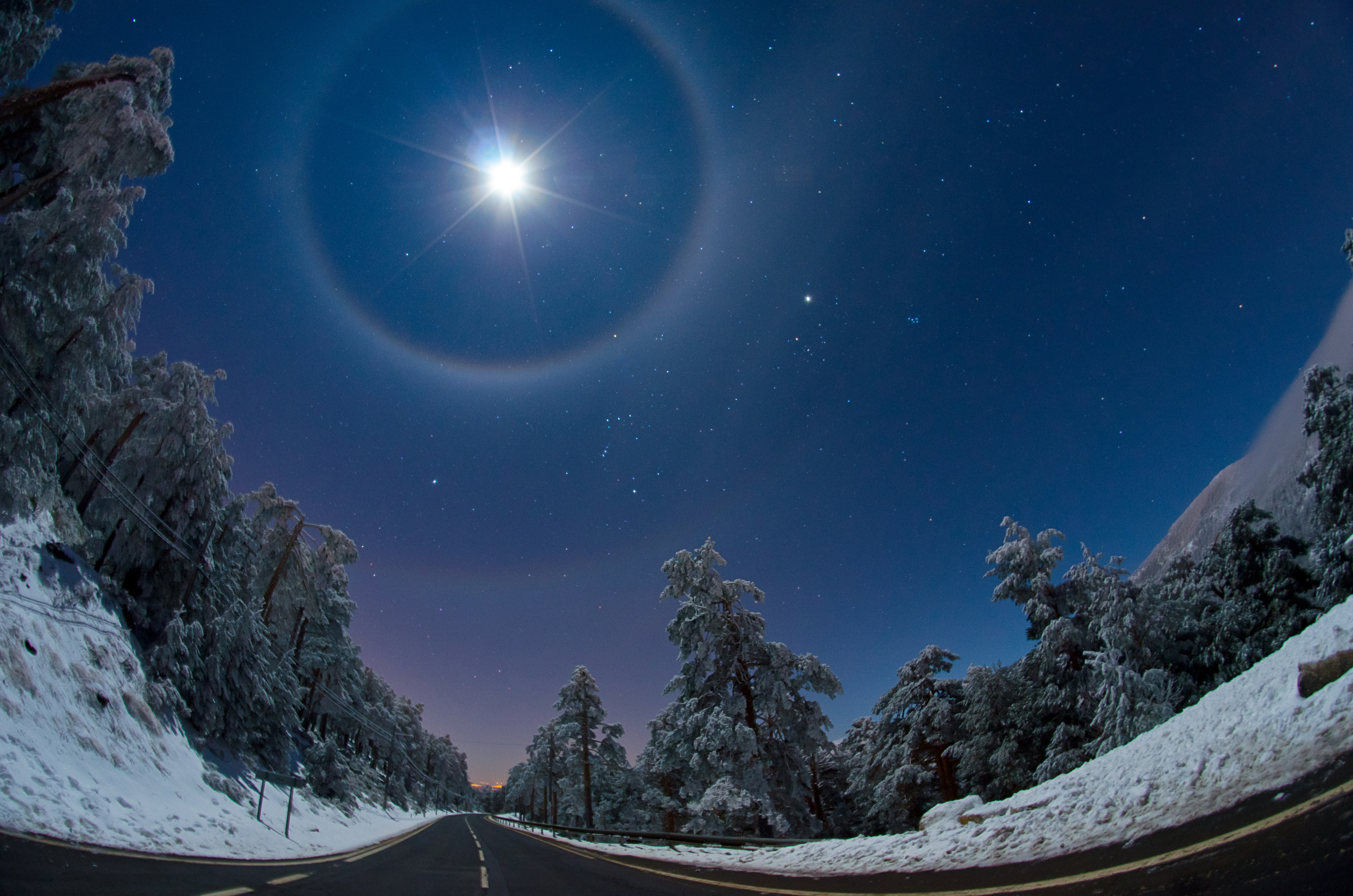
This quadruple lunar halo was taken by Dani Caxete for the astronomy photographer of the year 2013 exhibition at the royal observatory greenwich. [Read the Full Story Here]
Earth And Space: Icy Visitor

Like the snowy mountains in the foreground, the nucleus of Comet Panstarrs is composed largely of ice and rock. [Read the Full Story Here]
Earth And Space: Snowy Range Perseid Meteor Shower
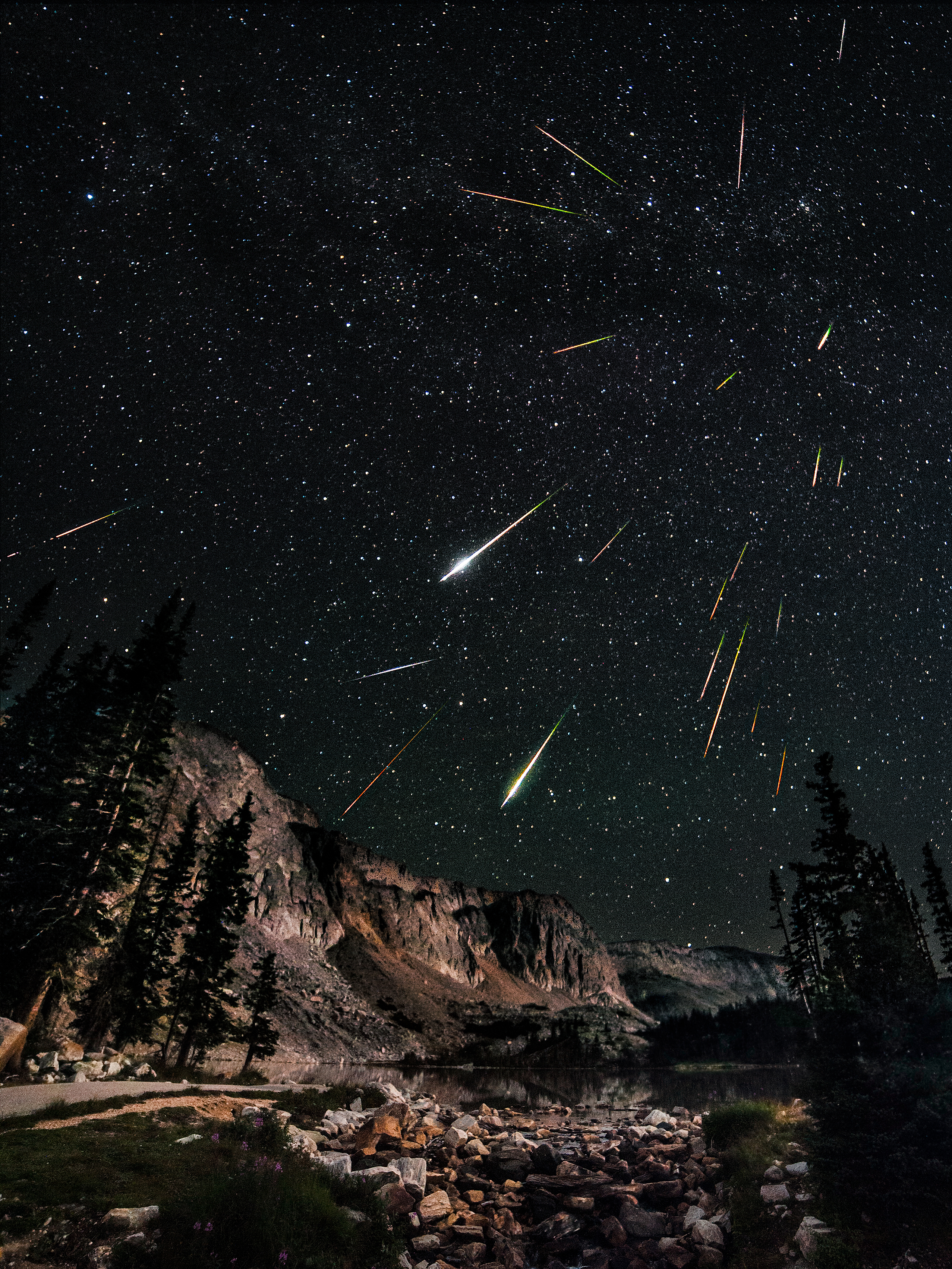
The photographer has combined 23 individual stills to convey the excitement and dynamism of this natural firework display. [Read the Full Story Here]
Deep Space: Celestial Impasto
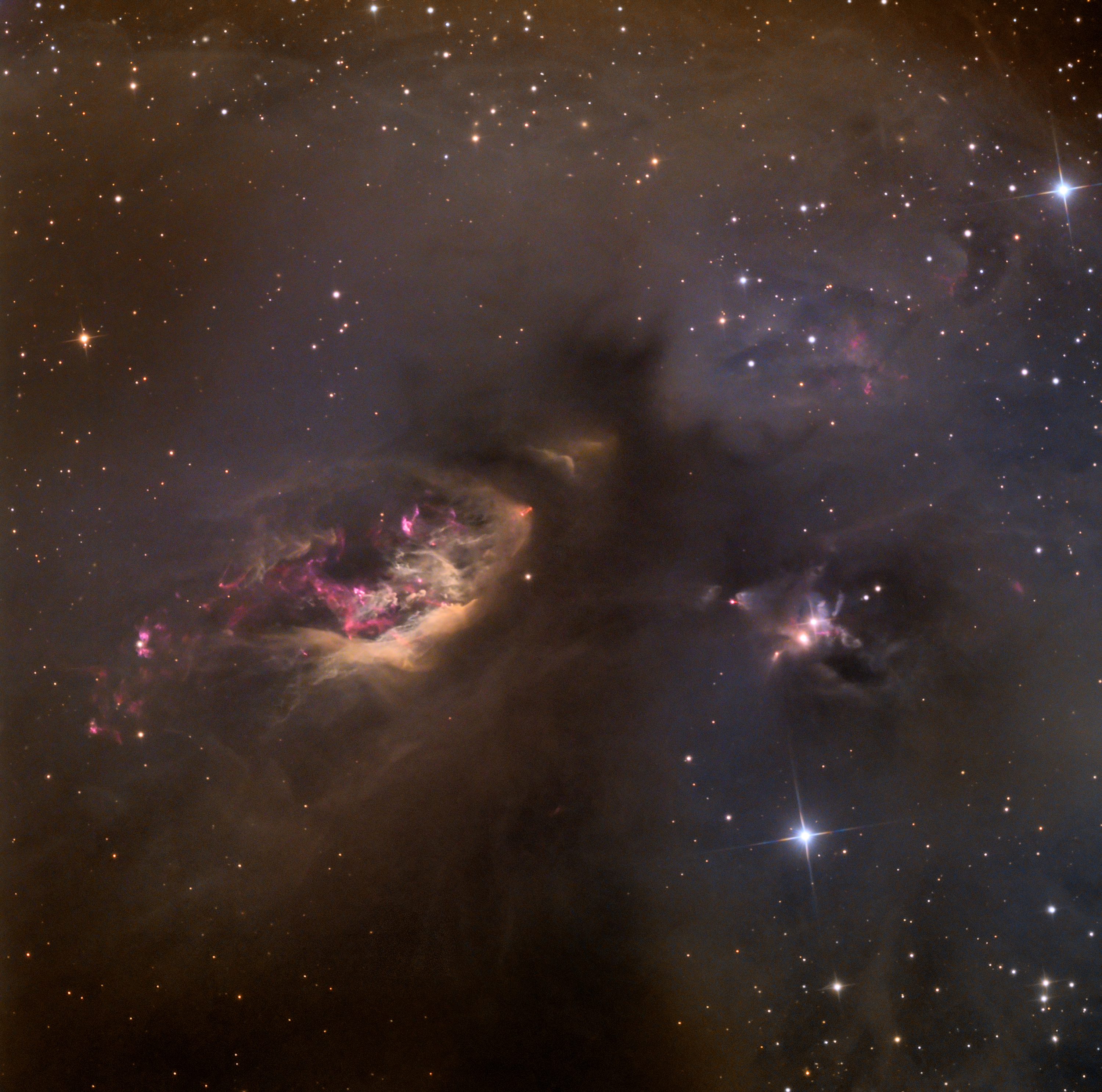
Over just a few thousand years the fierce radiation from the stars in this nebula will erode the surrounding clouds of dust and gas, radically altering its appearance. [Read the Full Story Here]
Deep Space: Rho Ophiuchi and Antares Nebulae

The smoky appearance of the dust clouds in this image is fitting, since the grains of dust which make up the nebula are similar in size to particles of smoke here on Earth. [Read the Full Story Here]
Get the Space.com Newsletter
Breaking space news, the latest updates on rocket launches, skywatching events and more!
Deep Space: M81 – 82 and Integrated Flux Nebula

Lying at a distance of twelve million light years from Earth, M81 and M82 are galaxies with a difference. [Read the Full Story Here]
Deep Space: Omega Centauri
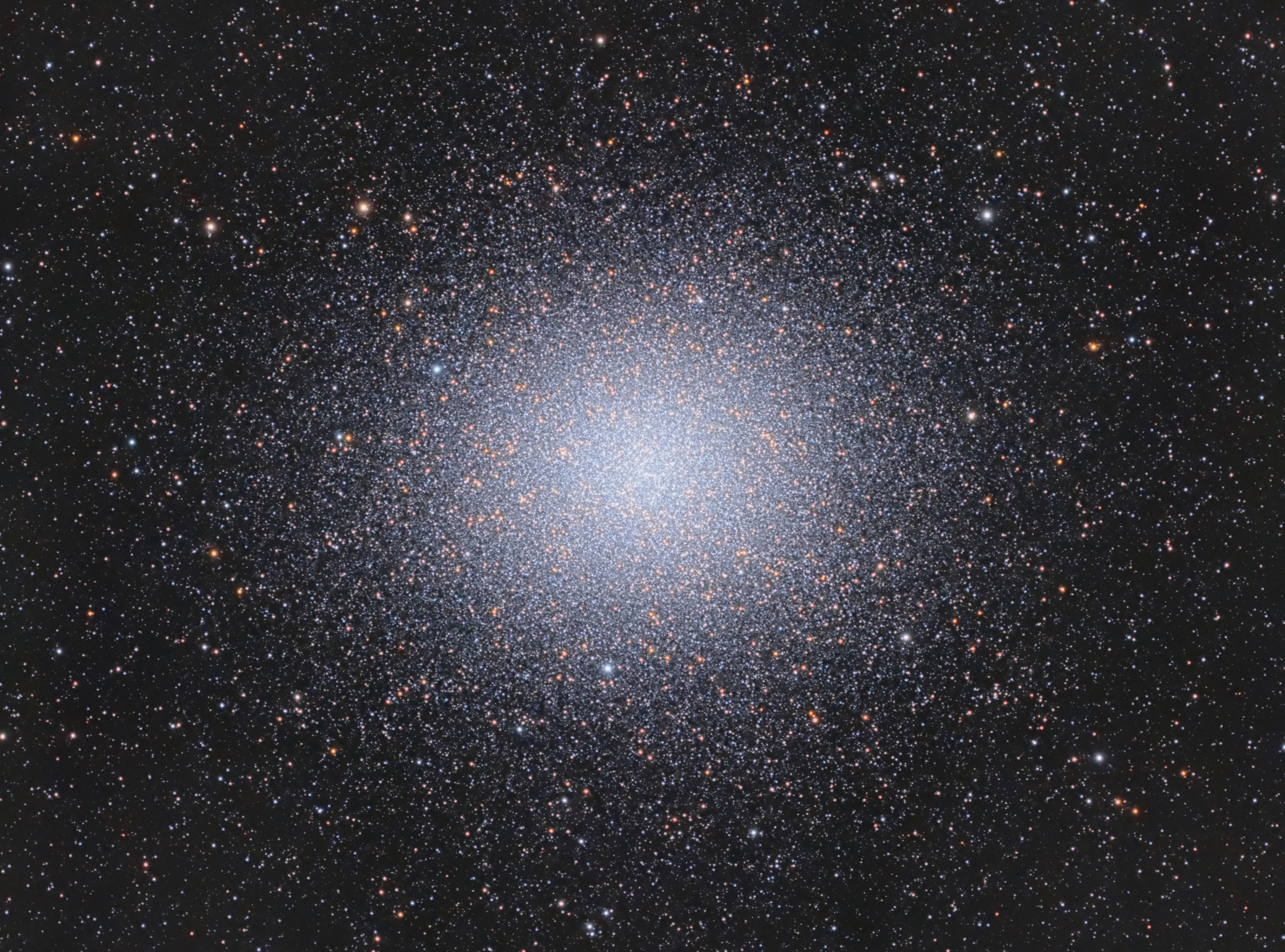
Omega Centauri is a globular cluster, a spherical cloud containing several million stars. As this image shows, the stars are more densely clustered towards the centre. [Read the Full Story Here]
Deep Space: Floating Metropolis – NGC 253
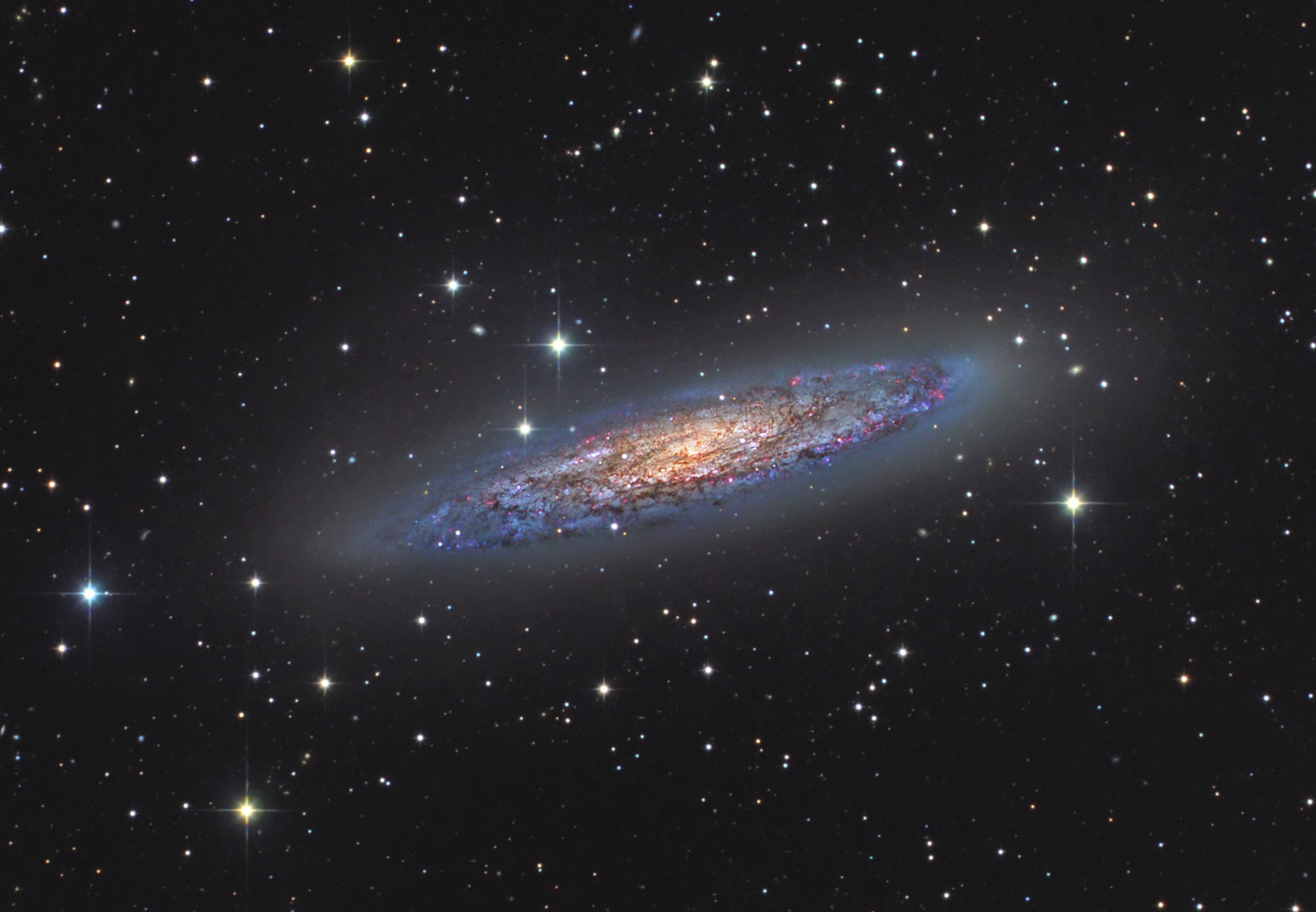
First discovered by astronomer Caroline Herschel in 1783, NGC 253 is a rare example of a ‘starburst galaxy’ with new stars being formed at many times the rate in our own galaxy, the Milky Way. [Read the Full Story Here]
Our Solar System: Corona Composite of 2012: Australian Totality
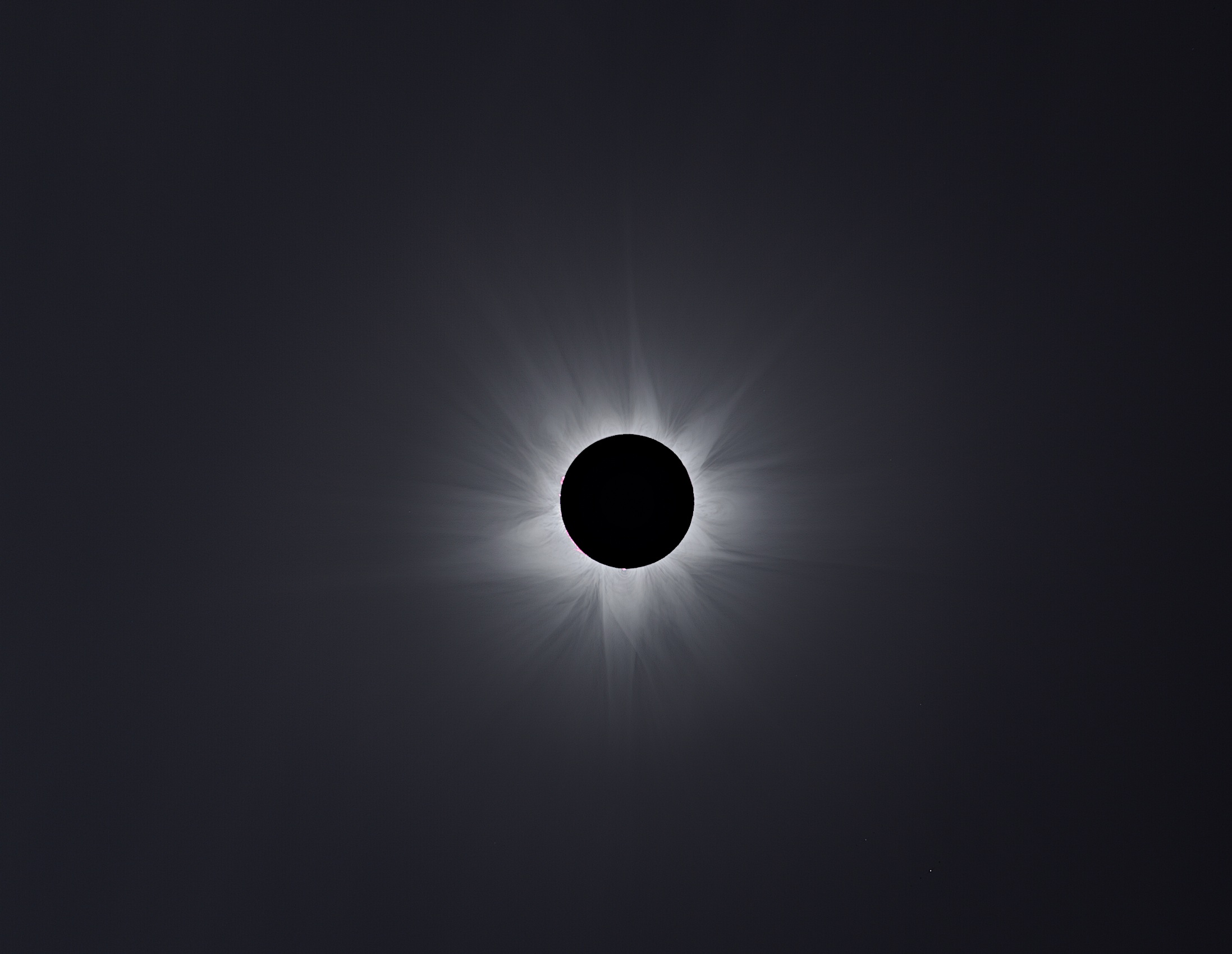
A natural dimming of the Sun’s blinding brightness, courtesy of the Moon, reveals the ghostly glow of gas that has a temperature of one million degrees Celsius. [Read the Full Story Here]
Join our Space Forums to keep talking space on the latest missions, night sky and more! And if you have a news tip, correction or comment, let us know at: community@space.com.

Space.com is the premier source of space exploration, innovation and astronomy news, chronicling (and celebrating) humanity's ongoing expansion across the final frontier. Originally founded in 1999, Space.com is, and always has been, the passion of writers and editors who are space fans and also trained journalists. Our current news team consists of Editor-in-Chief Tariq Malik; Editor Hanneke Weitering, Senior Space Writer Mike Wall; Senior Writer Meghan Bartels; Senior Writer Chelsea Gohd, Senior Writer Tereza Pultarova and Staff Writer Alexander Cox, focusing on e-commerce. Senior Producer Steve Spaleta oversees our space videos, with Diana Whitcroft as our Social Media Editor.









